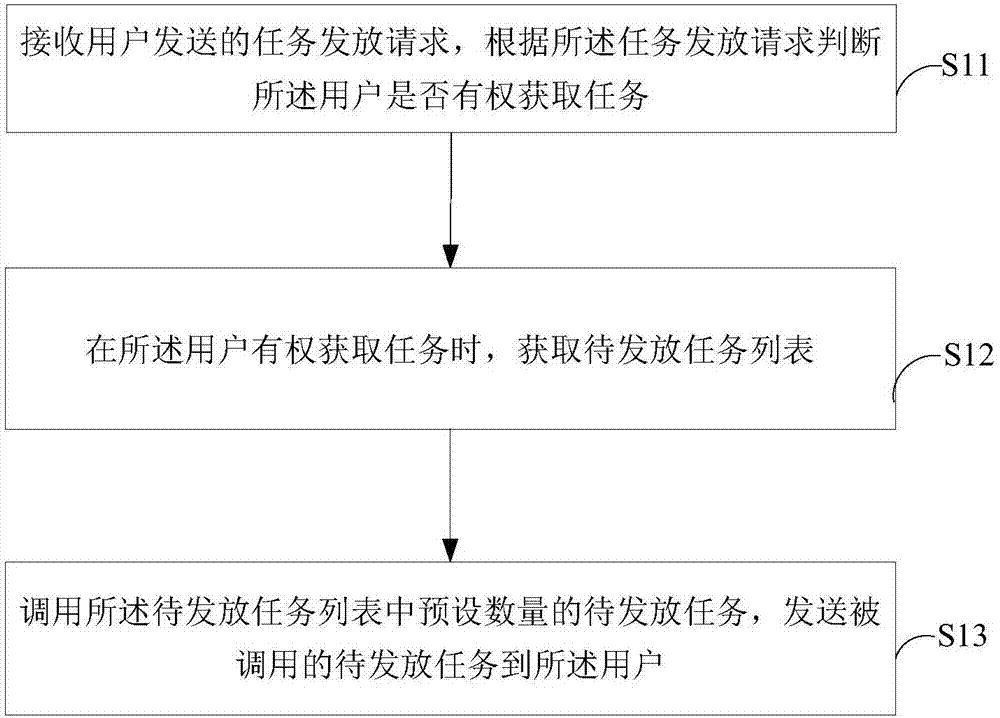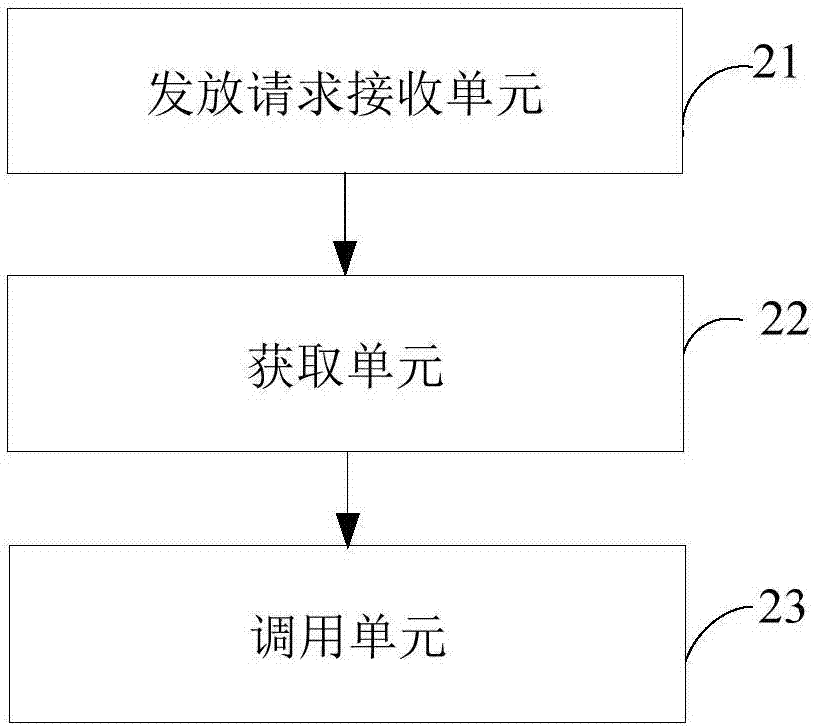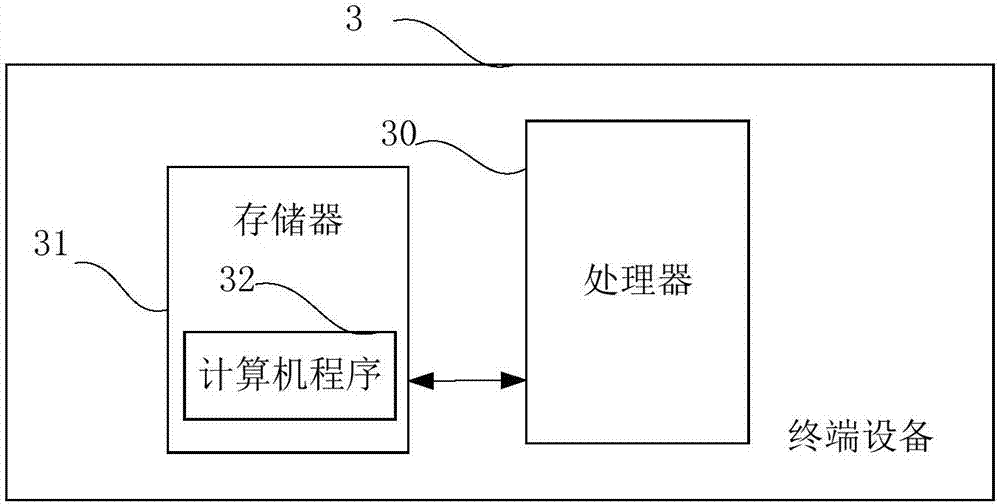Task allocating method and device and terminal device
A task and task list technology, applied in the direction of instruments, data processing applications, resources, etc., can solve the problem of unfavorable business personnel enthusiasm in the way of telemarketing task allocation, and achieve the effect of improving enthusiasm
- Summary
- Abstract
- Description
- Claims
- Application Information
AI Technical Summary
Problems solved by technology
Method used
Image
Examples
Embodiment 1
[0022] figure 1 It shows a schematic diagram of the implementation flow of a task issuance method provided by this application, and the details are as follows:
[0023] Step S11, receiving a task issuance request sent by the user, and judging whether the user has the right to obtain the task according to the task issuance request;
[0024] In the embodiment provided by the present application, when the task issuing system receives the task issuing request sent by the user, it first judges whether the user has the authority to obtain the task. Specifically, after the task issuance system receives the task issuance request, it invokes the ID information of the user included in the task issuance request, and then judges whether the user has been authorized by the task issuance system according to the ID information, and if If the user is authorized by the task distribution system, it is determined that the user has the right to obtain the task; wherein, the ID information refers...
Embodiment 2
[0056] Corresponding to the task issuance method described in the above embodiments, figure 2 A structural block diagram of the task issuing device provided by the embodiment of the present invention is shown, and for convenience of description, only parts related to the embodiment of the present invention are shown.
[0057] refer to figure 2 , the task issuing device includes: an issuing request receiving unit 21, an acquiring unit 22, and a calling unit 23, wherein:
[0058] An issuance request receiving unit 21, configured to receive a task issuance request sent by a user, and judge whether the user has the right to obtain a task according to the task issuance request;
[0059] In the embodiment provided by the present application, when the task issuing system receives the task issuing request sent by the user, it first judges whether the user has the authority to obtain the task. Specifically, after the task issuance system receives the task issuance request, it invok...
Embodiment 3
[0093] image 3 It is a schematic diagram of a terminal device provided by an embodiment of the present invention. Such as image 3 As shown, the terminal device 3 in this embodiment includes: a processor 30 , a memory 31 , and a computer program 32 stored in the memory 31 and operable on the processor 30 . When the processor 30 executes the computer program 32, the steps in the above-mentioned embodiments of the task issuing method are implemented, for example figure 1 Steps S11 to S13 are shown. Alternatively, when the processor 30 executes the computer program 32, it realizes the functions of the modules / units in the above-mentioned device embodiments, for example figure 2 Function of units 21 to 23 shown.
[0094] Exemplarily, the computer program 32 can be divided into one or more modules / units, and the one or more modules / units are stored in the memory 31 and executed by the processor 30 to complete this invention. The one or more modules / units may be a series of ...
PUM
 Login to View More
Login to View More Abstract
Description
Claims
Application Information
 Login to View More
Login to View More - R&D
- Intellectual Property
- Life Sciences
- Materials
- Tech Scout
- Unparalleled Data Quality
- Higher Quality Content
- 60% Fewer Hallucinations
Browse by: Latest US Patents, China's latest patents, Technical Efficacy Thesaurus, Application Domain, Technology Topic, Popular Technical Reports.
© 2025 PatSnap. All rights reserved.Legal|Privacy policy|Modern Slavery Act Transparency Statement|Sitemap|About US| Contact US: help@patsnap.com



